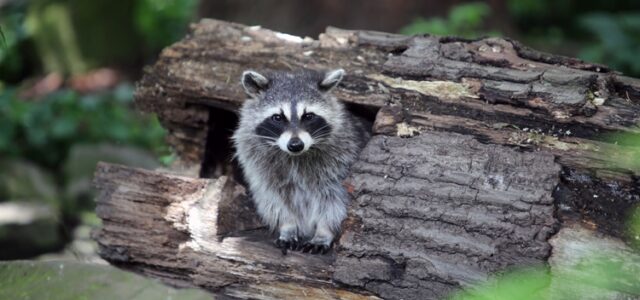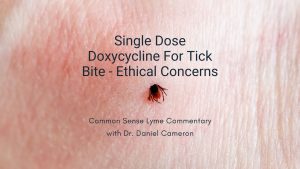Call for your appointment today 914-666-4665 | Mt. Kisco, New York

Previous studies in Florida revealed two distinct groups of Babesia microti which were dependent on host species (i.e. cotton rats and raccoons).
Investigators in the current study looked for the presence of Babesia species in small and medium-sized mammals in East Texas. A total of 480 wild mammals were trapped, sampled, and screened. Using molecular analysis, they identified various Babesia species in 0.09% of the animals.
According to Modarelli, “Babesia microti was found only in raccoons within the areas sampled.” Five out of 15 raccoons (33.3%) showed evidence of Babesia microti.
The Babesia microti strains identified in Eastern Texas resembled strains found in raccoons in the northeastern U.S. and in Florida, according to DNA sequence analysis.
And although the Centers for Disease Control and Prevention (CDC) report 3 cases of Babesia in Texas between 2011 and 2015, [2] the authors report no human cases in Florida or Texas.
READ MORE: Killing ticks through controlled burns
“To our knowledge, this is the first study of its kind in Texas and it can provide baseline data for future research and surveillance studies on this group of parasites,” Modarelli writes.
“Public health agencies should still monitor for the risk of human babesiosis in this area,” the authors warn, “due to the established presence of the competent tick vector Ixodes scapularis [deer ticks].”
Related Articles:
Don’t let your guard down on questing ticks in the south
References:
- Modarelli JJ, Westrich BJ, Milholland M, et al. Prevalence of protozoan parasites in small and medium mammals in Texas, USA. Int J Parasitol Parasites Wildl. 2020;11:229-234.
- Babesiosis Surveillance — United States, 2011–2015. from Morbidity and Mortality Weekly Report (MMWR) https://www.cdc.gov/mmwr/volumes/68/ss/ss6806a1.htm last accessed 5/16/20.



